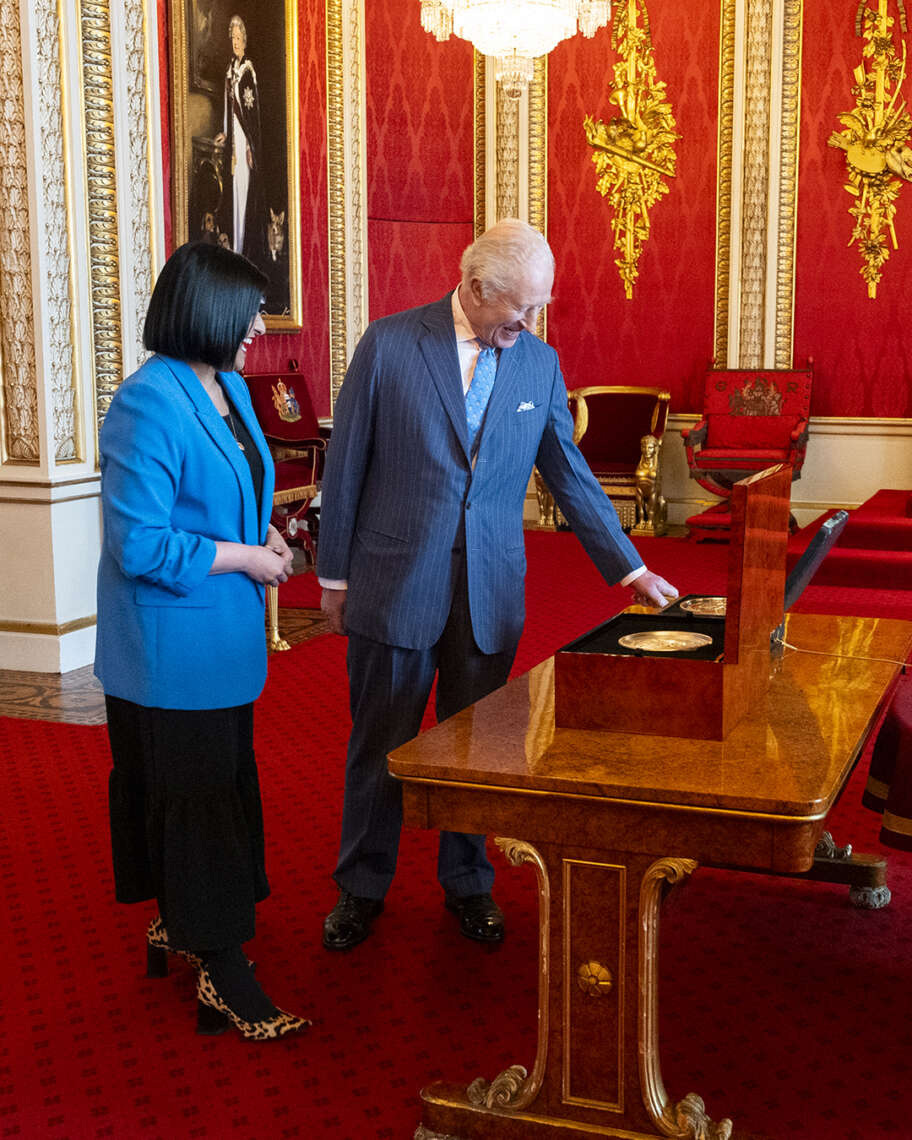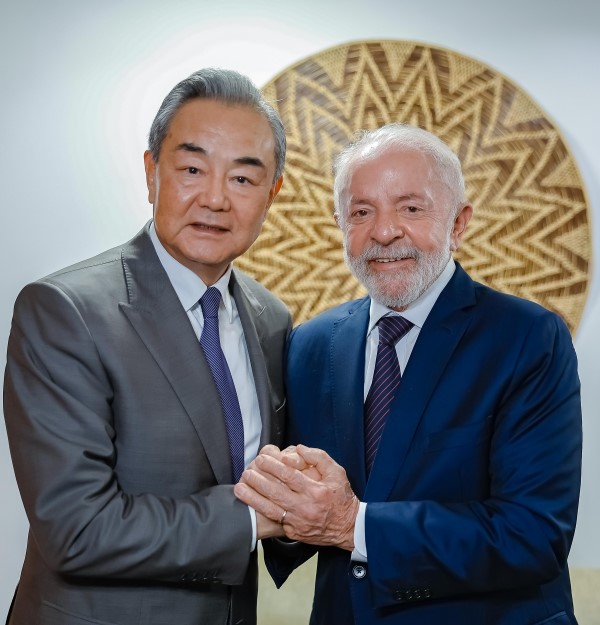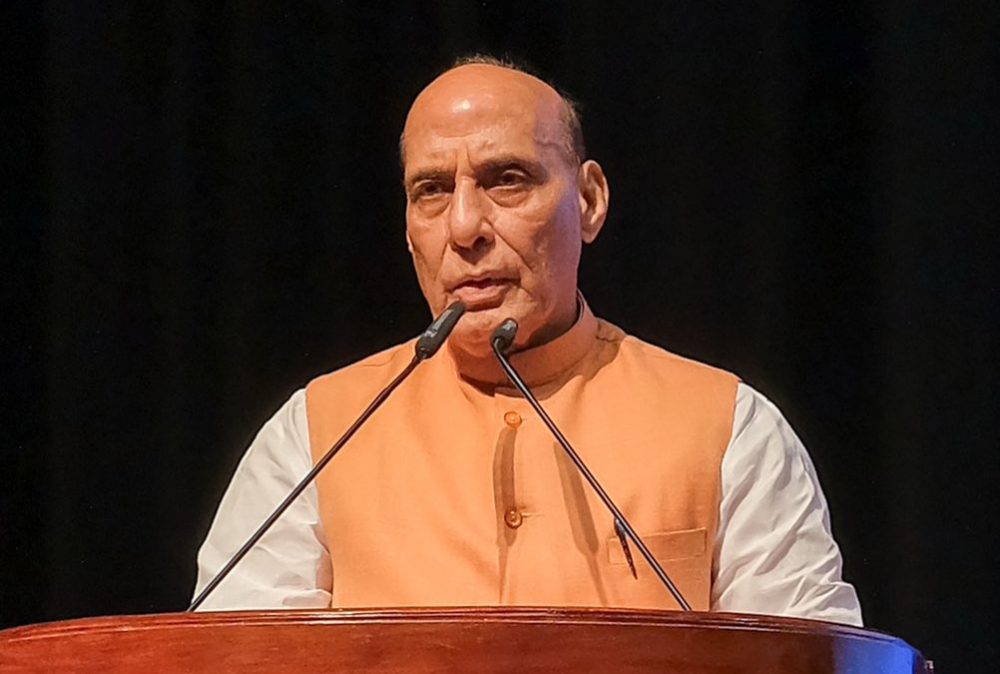The Great Seal of the Realm is used to signify royal approval by including it on official state documents
As an ardent admirer of Shakespeare’s Henry V, King Charles III knows there is more to monarchy than just outward show. But sceptres and orbs go with the territory, and tradition must be observed – which is why the King has approved a new symbol of sovereign authority.
The new Great Seal of the Realm, which is added to state documents to signify royal approval, shows Charles seated on a throne in billowing Coronation robes that might have been lifted straight out of Shakespeare’s imagination.
The seal is unique to each monarch and dates back to the 11th century, when Edward the Confessor first used such a device to create a wax casting of his face on documents.
The King has approved a new sovereign seal which depicts him seated on a throne. The Great Seal of the Realm is used to signify royal approval by including it on official state documents.

A new, unique seal is created for each monarch during their reign. The one created for King Charles III depicts him on a throne on the face of the gilded seal. On the reverse side, the seal shows the Royal Arms designed by artist Timothy Noad.
Charles approved his Great Seal of the Realm during a Privy Council meeting this week, marking the final stage of the formal transition to the King’s reign following his coronation two years ago. As per tradition, the King would have struck Queen Elizabeth II’s seal with a hammer during the meeting to symbolise its destruction.
Her seal, which is only symbolically defaced, is preserved for historical record. The new Great Seal of the Realm is the latest symbol produced by the Royal Mint, which also created the King’s effigy and coinage, which were unveiled in 2022.
The latest addition to the historic suite of symbols, made of silver and struck by the Royal Mint, features Charles’ likeness on one side and an image of the Royal Arms, designed by heraldic artist Timothy Noad, on the other. The King approved the new seal and counter seal during a Privy Council meeting this week.
Tradition dictates that the old version should be struck with a hammer by the new king in the Privy Council meeting, an act that signifies its destruction. The symbolically defaced seal is then preserved for historical record.
The approval of a new seal marks the final stage in the formal transition to the King’s reign. Queen Elizabeth II’s 70-year reign, the longest of any British monarch, meant that two versions of her seal were made.
The first was fashioned by the English sculptor Gilbert Ledward in 1953. But in 2001, with Ledward’s version beginning to wear out, a new matrix was designed by James Butler, the British behind the statute of Richard III in Leicester.
The seal described her as: ‘Elizabeth II, by the Grace of God of the Britains and her other realms Queen, Head of the Commonwealth of Nations, Defender of the Faith.’













